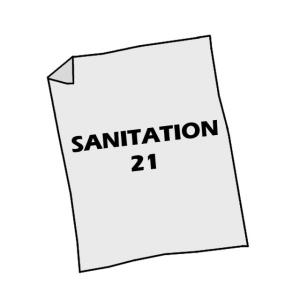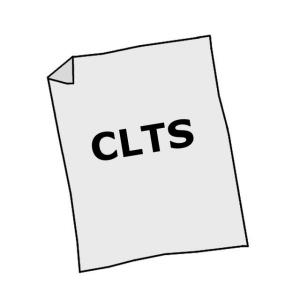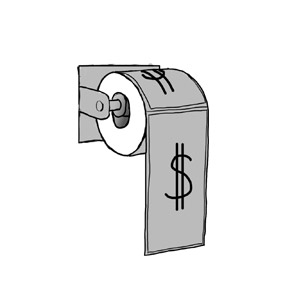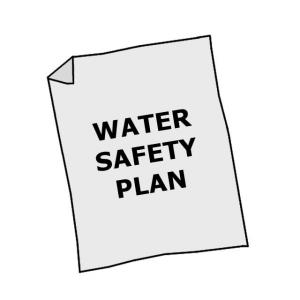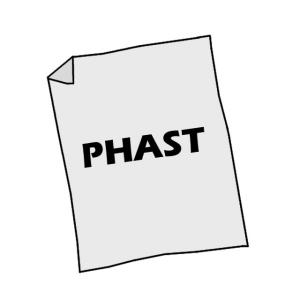Executive Summary
Motorized emptying and transport refers to a vehicle equipped with a motorized pump and a storage tank for emptying and transporting faecal sludge and urine. Humans are required to operate the pump and manoeuvre the hose, but sludge is not manually lifted or transported.
| In | Out |
|---|---|
| Faecal Sludge, Faeces, Excreta, Organic Solid Waste, Energy |
Faecal Sludge, Faeces, Excreta, Organic Solid Waste |
Introduction
A truck is fitted with a pump which is connected to a hose that is lowered down into a tank (e.g., Septic Tank) or pit, and the sludge is pumped up into the holding tank on the vehicle. This type of design is often referred to as a vacuum truck. Alternative motorized vehicles or machines have been developed for densely populated areas with limited access. Designs such as the Vacutug, Dung Beetle, Molsta or Kedoteng carry a small sludge tank and a pump and can negotiate narrow pathways.

Design considerations
Generally, the storage capacity of a vacuum truck is between 3 and 12 m3. Local trucks are commonly adapted for sludge transport by equipping them with holding tanks and vacuums. Modified pick-ups and tractor trailers can transport around 1.5 m3, but capacities vary. Smaller vehicles for densely populated areas have capacities of 500 to 800 L. These vehicles use, for example, two-wheel tractor or motorcycle based drives and can reach speeds of up to 12 km/h. Pumps can usually only suck down to a depth of 2 to 3 m (depending on the strength of the pump) and must be located within 30 m of the pit. In general, the closer the vacuum pump can be to the pit, the easier it is to empty.
Health aspects/acceptance
The use of a vacuum truck presents a significant health improvement over manual emptying and helps to maintain the Collection and Storage technology. Still, truck operators are not always accepted by the community and may face difficulties with finding appropriate locations to dump the collected sludge.
Operation & maintenance
Most pump trucks are manufactured in North America, Asia or Europe. Thus, in some regions it is difficult to locate spare parts and a mechanic to repair broken pumps or trucks. New trucks are very expensive and sometimes difficult to obtain. Therefore, older trucks are often used, but the savings are offset by the resulting high maintenance and fuel costs that can account for more than two thirds of the total costs incurred by a truck operator. Truck owners must be conscientious to save money for the purchase of expensive replacement parts, tires and equipment. The lack of preventive maintenance is often the cause for major repairs. The addition of chemical additives for desludging is not recommended because they tend to corrode the sludge tank.
Depending on the Collection and Storage technology, the sludge can be so dense that it cannot be easily pumped. In these situations it is necessary to thin the solids with water so that they flow more easily, but this may be inefficient and costly. Garbage and sand make emptying much more difficult and clog the pipe or pump. Multiple truckloads may be required for large septic tanks.
Although large vacuum trucks cannot access areas with narrow or non-driveable roads, they remain the norm for municipalities and sanitation authorities. These trucks can rarely make trips to remote areas (e.g., in the periphery of a city) since the income generated may not offset the cost of fuel and time. Therefore, the treatment site must be within reach from the serviced areas.
Transfer Stations and adequate treatment are also crucial for service providers using small-scale motorized equipment. Field experiences have shown that the existing designs for dense urban areas are limited in terms of their emptying effectiveness and travel speed, and their ability to negotiate slopes, poor roads and very narrow lanes. Moreover, demand and market constraints have prevented them from becoming commercially viable. Under favourable circumstances, small vehicles like the Vacutug are able to recover the operating and maintenance costs. However, the capital costs are still too high to sustainably run a profitable business.
Both the sanitation authority and private entrepreneurs may operate vacuum trucks, although the price and level of service may vary significantly. Private operators may charge less than public ones, but may only afford to do so if they do not discharge the sludge at a certified facility. Private and municipal service providers should work together to cover the whole faecal sludge management chain.
Emptying on-Site Excreta Disposal Systems. Field Tests with Mechanized Equipment in Gaborone (Botswana)
This report describes field tests of three prototype pit latrine emptying systems, a hand operated diaphgram pump and two vacuum tankers in regular service in Africa. Numerous sludge samples were taken and their viscosities and compositions measured to establish limits for the types of sludges that can be removed by each system.
BOESCH, A. SCHERTENLEIB, R. (1985): Emptying on-Site Excreta Disposal Systems. Field Tests with Mechanized Equipment in Gaborone (Botswana). (= IRCWD-Report 03/85 ). Duebendorf: International Reference Centre for Waste Disposal URL [Accessed: 22.07.2014]Business Analysis of Fecal Sludge Management: Emptying and Transportation Services in Africa and Asia
This study maps the urban sanitation situation and assesses business and operating models for fecal sludge management in 30 cities across 10 countries in Africa and Asia, specifically focussing on the extraction and transportation market segments.
CHOWDHRY, S. KONE, D. (2012): Business Analysis of Fecal Sludge Management: Emptying and Transportation Services in Africa and Asia. Seattle: Bill & Melinda Gates Foundation URL [Accessed: 22.07.2014]Investigation into Methods of Pit Latrine Emptying
Many developing countries have embarked on the construction of pit latrines and improved sanitation in people’s homes. An emerging challenge that is resulting from this work is what to do when the latrines are full. If they are to be emptied how should the waste be extracted, where should the waste go and what should be done to it and with it? The approaches to meeting this question are the focus of this report.
O’RIORDAN, M. (2009): Investigation into Methods of Pit Latrine Emptying. Management of Sludge Accumulation in VIP Latrines. (= WRC Project 1745 ). Pretoria: Water Research Commission URL [Accessed: 22.07.2014]Faecal Sludge Management
This is the first book to compile the current state of knowledge on faecal sludge management. It addresses the organization of the entire faecal sludge management service chain, from the collection and transport of sludge, to the current state of knowledge of treatment options, and the final end use or disposal of treated sludge. It presents an integrated approach that brings together technology, management, and planning, based on Sandec’s 20 years of experience in the field. It also discusses important factors to consider when evaluating and upscaling new treatment technology options. The book is designed for undergraduate and graduate students, engineers, and practitioners in the field who have some basic knowledge of environmental and/or wastewater engineering.
STRANDE, L. ; RONTELTAP, M. ; BRDJANOVIC, D. (2014): Faecal Sludge Management. Systems Approach for Implementation and Operation. London: IWA Publishing URL [Accessed: 16.07.2014]
